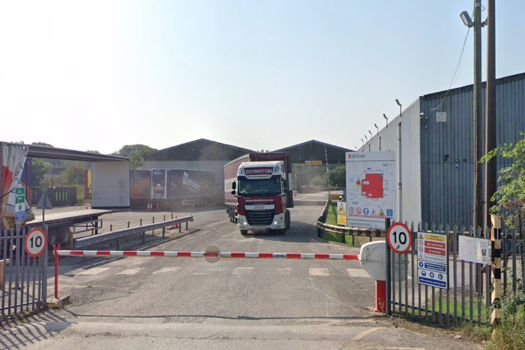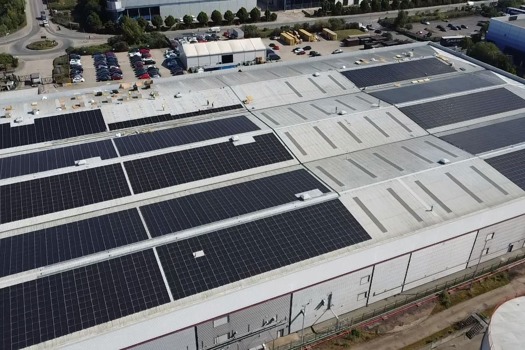The method uses large-format digital printers to produce anything from one-off displays to full production runs.
Bezier wouldnt give details of the technique, but said: The result is a high-quality lenticular image with a shorter lead time, which is more widely available at a commercially justifiable and therefore viable cost.
The biggest expense with lenticular images was the polyester lenses that had to be imported from the USA, said director of marketing Mandy Long.
We saw the limitations of producing large-format lenticular point-of-purchase displays using conventional printing methods.
Have your say in the Printweek Poll
Related stories
Latest comments
"Gosh! That’s a huge debt - especially HMRC! It’s a shock that HMRC allowed such an amount to be accumulated."
"Whatever happened to the good old fashioned cash job! At least the banks didn't take 2-3% of each sale. After 30 odd transactions that £100 quid you had has gone."
"It's amazing what can be found on the "web" nowadays!"
Up next...

Replacement 'will be operational later this year'
Walstead makes decision on Bicester 64pp

'Ridiculous decision'
Unite “prepared to fight” on proposed DS Smith site closure

Also helps mitigate volatile energy prices





